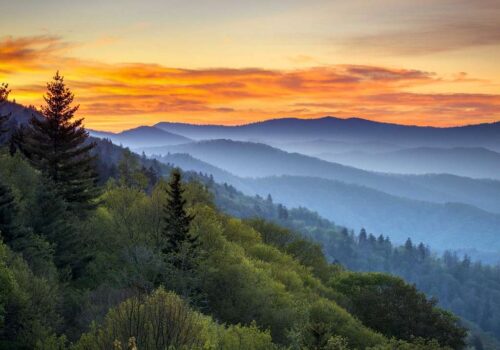
The Greatest Trophy in the History of Man
By Robbie Perdue
In the frozen expanse of prehistoric Siberia, ancient humans embarked on what could be considered the greatest hunt in the history of mankind. The woolly mammoth, a behemoth of the Ice Age, roamed the tundra in great herds, their curved tusks like scythes against the cold horizon. These majestic creatures were not only a source of sustenance for our ancestors but also a symbol of the monumental challenges they faced for survival. The hunt for the woolly mammoth was a testament to human ingenuity, resilience, and the relentless pursuit of what seemed an impossible trophy.
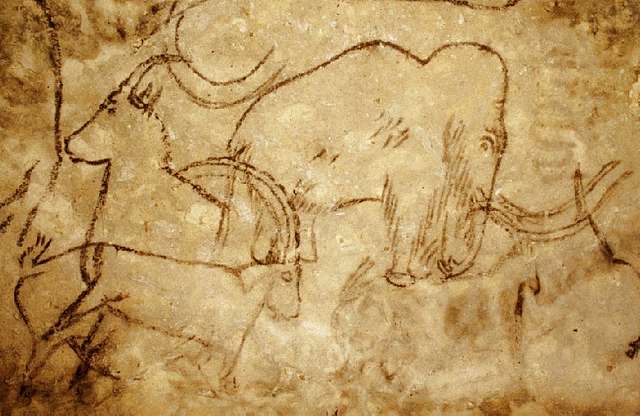
Fast forward tens of thousands of years, and the mammoth may walk the Earth again. In a twist of fate that blurs the lines between science fiction and reality, scientists are on the brink of turning this ancient dream into a modern marvel. Through the groundbreaking advancements in cloning and CRISPR gene-editing technology, there is a palpable hope that the woolly mammoth could be resurrected, not for the hunt, but for the sake of rewilding and ecological balance.
Enter Pleistocene Park, a modern-day Noah’s Ark nestled in the heart of the Sakha Republic, Russia. This ambitious project is the brainchild of Sergey Zimov and his son Nikita, who have dedicated their lives to a form of time travel through ecosystem restoration. Pleistocene Park is more than a nature reserve; it is a daring experiment to recreate the mammoth steppe, the grassland ecosystem that flourished during the last glacial period.
The park is already home to a collection of large herbivores, including Yakutian horses, musk oxen, reindeer, and bison, each playing a crucial role in the revival of this ancient landscape. These animals are the architects of Zimov’s vision, transforming the tundra back into the fertile grasslands that once supported a diversity of life, including the woolly mammoth.
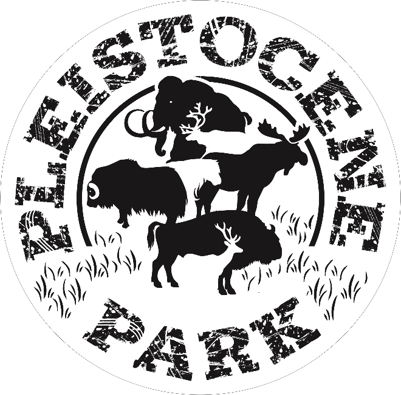
The potential return of the mammoth is not merely for spectacle. These giants would be the ultimate keystone species in Pleistocene Park, maintaining the grasslands by uprooting trees and spreading seeds, thus preserving the permafrost and combating climate change. The collaboration with geneticists like George Church aims to make this vision a reality, and with each scientific breakthrough, the dream inches closer to fruition.
The resurrection of the woolly mammoth would be a crowning achievement for humanity, a chance to reverse the extinction of a species that once walked alongside our ancestors. Pleistocene Park offers a glimpse into a future where the greatest hunt in history may return, not with spears and arrows, but with the hope of restoring an ecosystem to its former glory.
As we stand on the precipice of this new age, the prospect of the woolly mammoth’s thundering return to Siberia is a beacon of hope. It symbolizes a reconciliation with our past and a harmonious path forward with nature. The greatest trophy in the history of man may no longer be the conquest of the mammoth but the triumphant return of these Ice Age titans to the wild, where they belong. In this ultimate act of conservation, humanity may come full circle, from hunter to healer, stewarding the greatest comeback story ever told.
Robbie Perdue
is a native North Carolinian who enjoys cooking, butchery, and is passionate about all things BBQ. He straddles two worlds as an IT professional and a farmer who loves heritage livestock and heirloom vegetables. His perfect day would be hunting deer, dove, or ducks then babysitting his smoker while watching the sunset over the blackwater of Lake Waccamaw.


You May Also Like
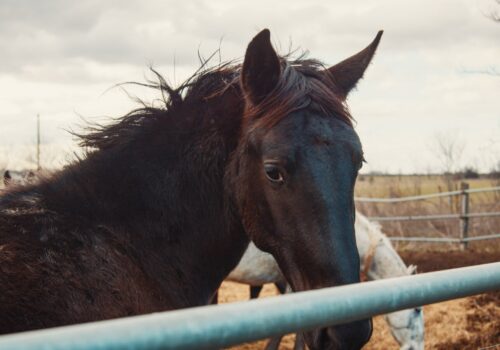
Rare Breed
December 29, 2022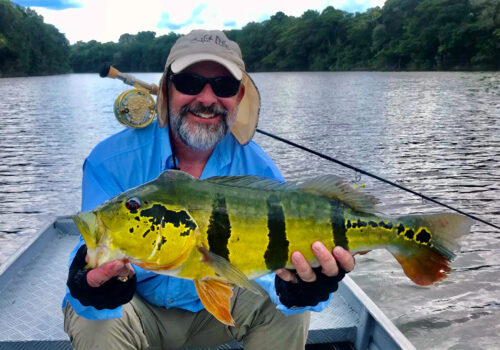
Giant Peacocks on the Fly in the Amazon Basin
July 10, 2020